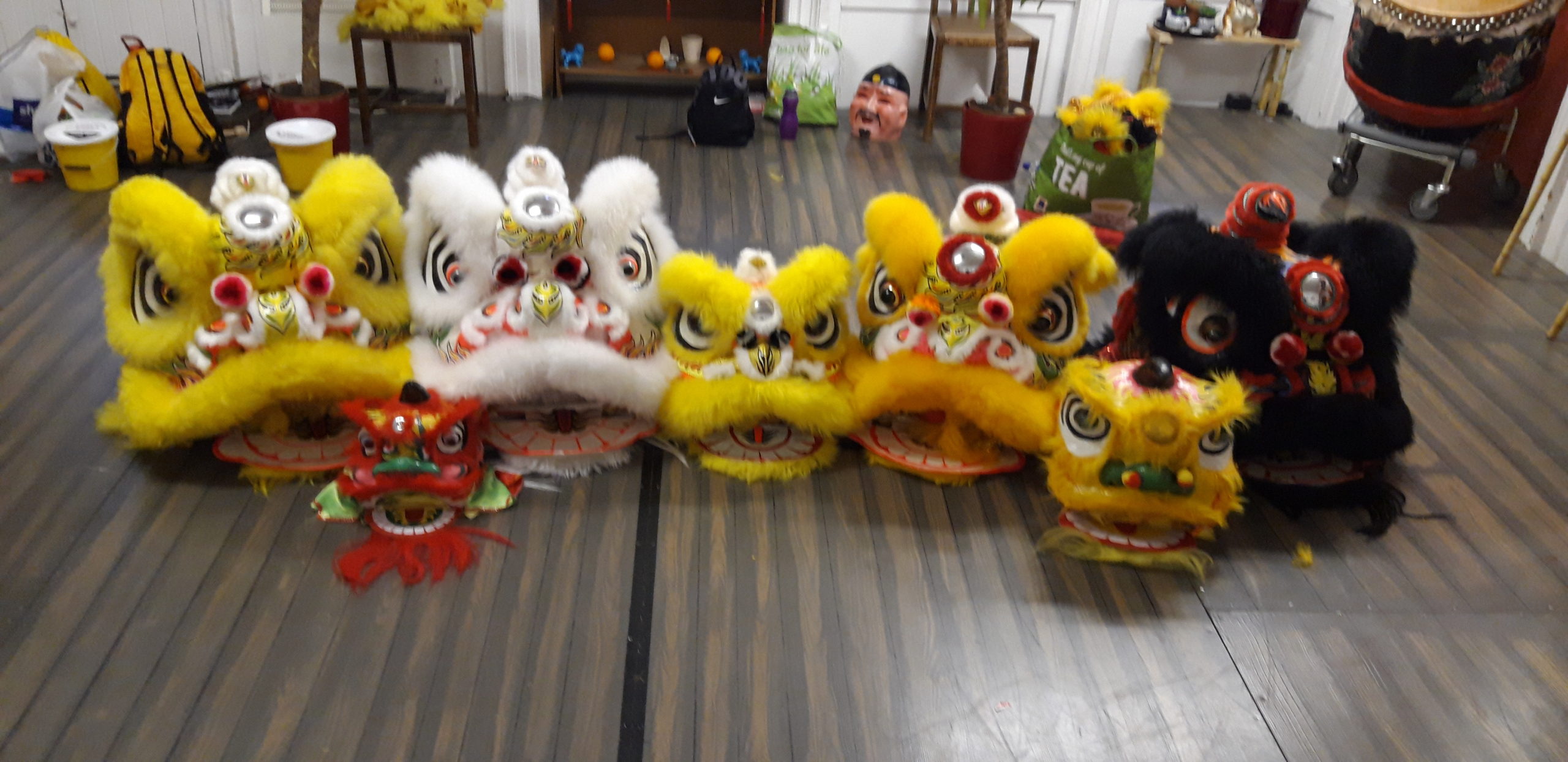
We have a new article available for you to read this week. We also have Black Friday deals throughout our Fu-kit store. There are updates to our private tuition and class schedule for this week. There’s also more info on our Chinese New Year celebrations in Inverness and future articles and workshops coming soon.
Horse Stance
If you’ve trained in any martial arts, it is likely that you have come across the horse stance, or a version of it. It is a basic stance used for training. Many who subscribe to modern training methods may question its relevance. The horse stance is good for training the legs but is it not better to do some leg weights or squats instead of spending time sitting in one position? The length of time training this stance, especially in Hung Ga, doesn’t warrant its usage in a fight, so why not spend the time training something which will be more beneficial?
Read our insightful article on the horse stance and find out more about this, often misunderstood, training method. Try it for yourself and let us know what you think. Our article has an explanation with a short instructional video. As always, we would love to hear your thoughts in the comments or on our social media channels. You can always email us your thoughts too.
Black Friday/Cyber Monday

Our sale has now been extended further still. From t-shirts to accessories and teaware. Now everything is on sale! (Except our uniforms as these are already as low a price as we can get them!) We have dresses, skirts, leggings, shorts, t-shirts, polo shirts, hats, caps, teaware, beanbags, mugs, hoodies and much more! If you are thinking of buying a gift for your training buddies or loved ones who have a passion for Hung Ga, now is the time! We can only keep prices this low for a short time, so best get in there quick. Visit our Fu-kit shop for all sale items.
Classes
You may have noticed that we have made a slight change to our website so it is now more mobile friendly to navigate. All our features are there as normal, just the pages should be a little easier to find on your mobile or tablet device. Let us know what you think.

We have private 1-1 tuition available all day on Monday 2nd Dec this week. You can book and pay for these by clicking on a day and timeslot on the following calendar.
[CPABC_APPOINTMENT_CALENDAR]Public classes are as per normal. Beginners are welcome to attend on Monday or Tuesday classes at 7pm. There are plenty spaces available in our kids classes for little ones to start too. We have 2 different age groups. 5-8 year olds are on Mondays at 6.15-7pm. We also have a class for 8-13 year olds on Thursday at 6.15-7pm. All are welcome to attend these classes. Sifu Hepple has an Enhanced Disclosure with the PVG Scheme, so you can rest at ease that your little ones are in safe hands. We have a lion dance class on Tuesdays at 6.15-7pm, before our main beginners class at 7pm. Why not come along and try both?
Chinese New Year

The Spring Festival, or Chinese New Year, is not too far away. Our students are busy preparing in our Lion Dance class. Lions play an important role in Chinese mythology, and represent joy and happiness. It symbolizes power, wisdom, and superiority. The lion dance is one of the most important traditions in the Spring Festival. They are performed with the accompaniment of percussion instruments such as drums, cymbals, and gongs, synchronised to the lion dance movements and actions. People traditionally used to perform lion dances to bring luck and to get rid of the evil spirits. It is performed nowadays to bring prosperity and good luck, for instance at a shop opening, celebration or wedding. It is also a great way to create a festive atmosphere, bringing happy times and good memories. Kung fu schools have kept the traditional lion dance alive over the years. It is a great way to showcase the strong stances of the students at the individual schools. Lion dance can be quite hard work. It requires considerable strength to carry and animate the lion heads for any length of time. At Yee’s Hung Ga, these traditions have been passed on to our students so that they may carry it on for future generations to enjoy. If you are interested in our Spring Festival displays or would like to contact us regarding a private display or demonstration. You can email us directly or ‘like’ our special Facebook group, Yee’s North Of Scotland Lion & Dragon Dance Team.
Coming Soon

We have a few plans that we are working on at the moment. As mentioned earlier, we are preparing for Spring Festival next year on 25th of January. We also have some exciting workshops and a brand new Winter Qigong Routine that we are also preparing for. To avoid missing out on details of these exciting opportunities, make sure you enter your email below. If you would like to register your interest in any of these workshops, please email us directly.




